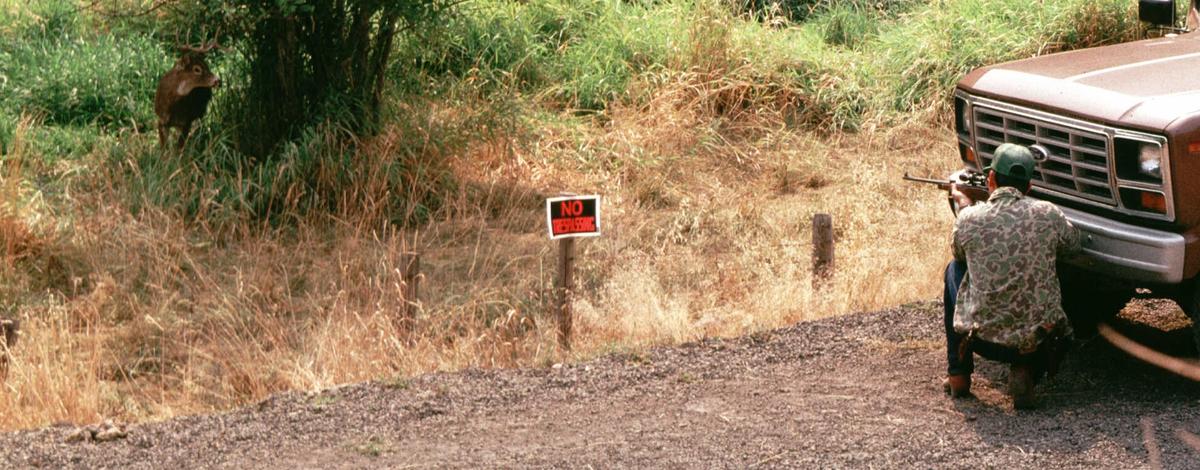Hunters have long used wildlife decoys in pursuit of game. Wildlife officers also use decoys to detect wildlife violations.
The Idaho Department of Fish and Game reminds hunters that in areas where the department receives complaints or reports of suspicious activity, officers may use ‘artificial simulated animals’ during hunting season to detect wildlife law-breakers.
Commonly called ASAs, they are life-like taxidermy replicas of deer, elk and other game species that look like the real thing.
“Officers watch the animal and respond if someone violates the law,” said Fish and Game Chief of Enforcement Greg Wooten. “This tool is extremely important in our effort to curtail illegal activity that is otherwise undetectable.”
The simulated animals are typically used alongside roads in areas where there’s a history of spotlighting, trespassing and road hunting.
“This is similar to other law enforcement agencies watching an intersection based on reports of frequent instances of failing to stop at a stop sign, or monitoring speed compliance using radar,” Wooten said.
The penalties for shooting an artificial animal can include a mandatory hunting and fishing license revocation, fines of up to $1,000 and a possible jail sentence of up to six months. There is also a $50 minimum restitution penalty for shooting an ASA to help maintain the decoys.
Aside from the inherent danger of shooting from a vehicle or road, road hunting can be a very tempting activity for some. Deer become accustomed to protected areas such as private lands and residential areas where habitat is good and disturbance is low. In these areas, deer are visible and vulnerable. But hunters need to remember that it’s illegal to shoot deer on private land without permission, as is shooting from the road and from a motorized vehicle.
“We receive numerous complaints from landowners each year of animals shot in these areas unlawfully - at night, on private property, from the road, and from the vehicle,” said Wooten.
While the vast majority of hunters conduct themselves ethically and abide by the laws, those who do not continue to create a negative image for hunters. “These activities result in more land getting posted and unavailable to all citizens,” Wooten added.

